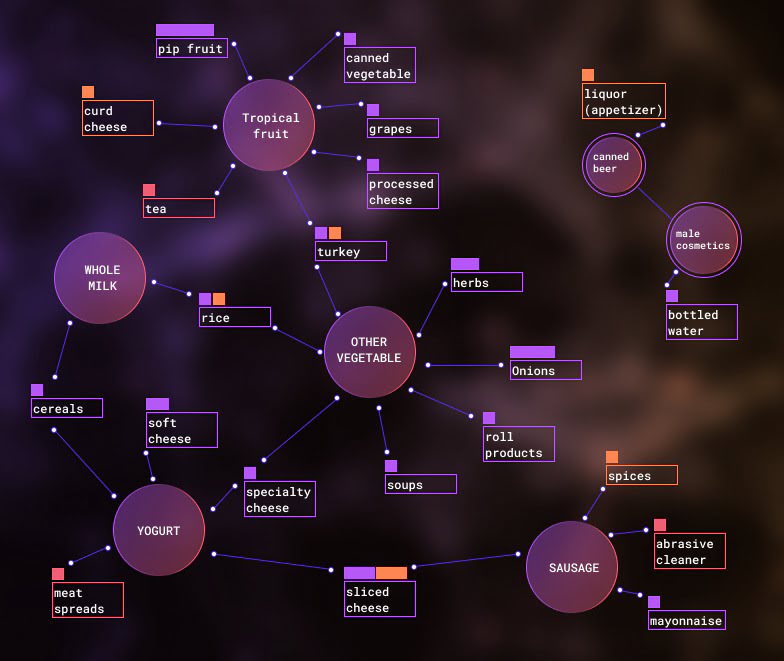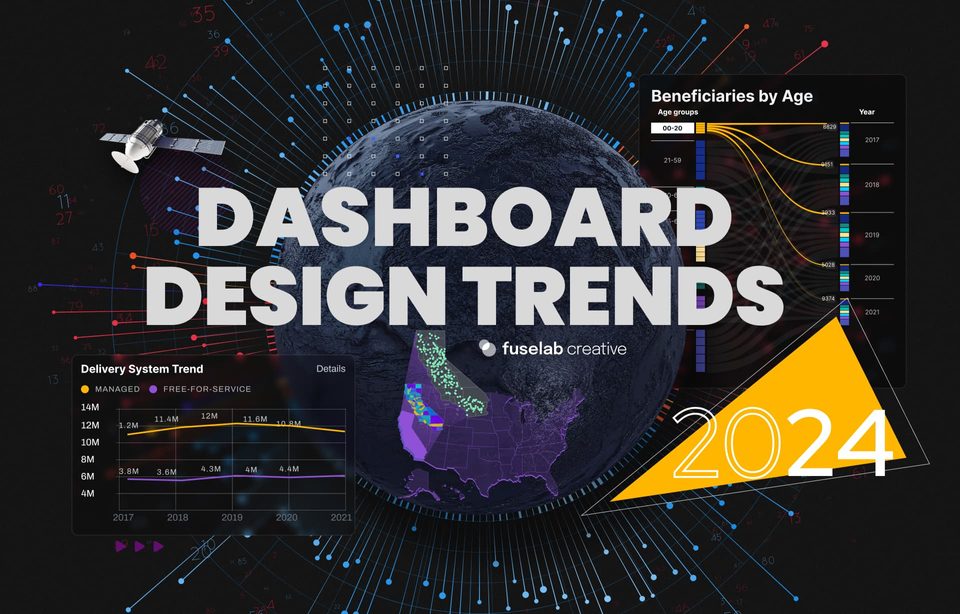UI Design with Machine Learning in Mind

“To the 53 people who have watched A Christmas Prince every day for the past 18 days:
Who hurt you?”
With this 96-character tweet, Netflix unleashed the wrath of the Twitterverse upon itself. Users shot back about the “creepy,” “Big Brother” type surveillance and the low-grade “bullying” behavior displayed by the streaming giant. But a UX designer perceives something differently. Rather than the use of Big Data for some light trolling, designers see something more: the power of personalization.Of the millions of people who received A Christmas Prince as a suggestion for their watch list within the app, Netflix’s personalization algorithm likely targeted and presented this movie continuously — through “Watch It Again,” “My List,” and other genre-based list suggestions — to a smaller audience.
Of these, 53 people simply could not resist, giving in to their preferences and the numerous subtle suggested interactions nurtured by the app to drive the specific action: watch A Christmas Prince.
The Netflix strategy of domination — the sheer quantity of content over any discernible quality
— is only half the reason why it’s still the market leader for streaming services despite frequent bids from HBO’s Crave, Hulu, and even Amazon Prime and Disney+ to dethrone it.
And that’s because the other half of the Streaming Wars comes down to user experience and content personalization. Yes, machine learning is powering Netflix’s implementation of these priorities, bringing them to a new level of automation, orchestration, and detailed interaction at scale.
Machine Learning in Mind
Over the last few years, personalization has popped up on almost every platform and app.
A Brief Primer on a Big Topic: Why Personalization?
As an activity, personalization has made its way across devices and screens, making its presence felt in everything from predictive product recommendations to navigational personalization.
But personalization has also evolved. In a manual marketing tech stack, personalization includes A/B testing on campaigns and sales pages, geolocation, contextual messaging, personalized copy and content, and personalized wireframes and page layouts, among other examples.
But what does it mean to do personalization? Personalizing a digital experience means collecting data — usually metrics like clicks, navigation decisions, past purchases, search terms, time spent on-page, and customer feedback — to then inform choices that span across design, copy, ad campaigns, and more.
Once internal teams perform enough of this information retrieval, across multiple interactions, UX designers, copywriters, growth marketers, and data analysts can use it to progressively personalize a customer’s experience of an app or website.
They can also use the data to create new standards for interaction, design, campaigns, and copy. Our UI agency is highly specialized in creating quality AI-powered designs.
Automatize Web Platform
Digital Interface for Telematics & Supply Chain
Fleet management platform focused on travel optimization.
When developing a map-based interface it is important to create a visual hierarchy among the content to give fleet managers an intuitive way to find vehicles, understand delays or mechanical issues, and create greater efficiencies among vehicles. Our agency Fuselab Creative has created an amazing interface design that provides all of this and more for Automatize telematics and supply chain software.
The Role of UX Design in Personalization
Personalization can dramatically help fulfill the most fundamental needs of a business.
Pursuing both revenue-generating and loyalty-focused priorities which we have known for a long time but not until machine learning became a viable resource on smaller scales did personalization become something for all of us. Personalization options include:
- Increasing user engagement — With experiences designed just for a specific user, customers are more likely to remain engaged with the app’s or website’s functionality. For “free” apps, that means more opportunities for ad revenue due to sustained customer
- Reducing information overload — Users are presented with only what they’re likely to interact with and respond to, no less and no more. If the design, functionality, and copy elements on an app or website fail to do this, that’s data as well.
- Increasing the conversion rate — More relevant, personalized, and individualized experiences increase the likelihood of customers taking action — whether that’s a purchase, an email exchange, or a click to the next screen.
- Increasing lead generation — Delivering the right message to the right person at the right time has an immediate impact on customer retention. It also makes it easier to nurture a lead and eventually guide them to a conversion.
Personalization of User Experience Is An Ambition
Let’s be very clear about one thing: personalization of user experience and design is an ambition and not an end goal.
To that end, your data, UX research, and analytics will inform the building blocks of your UX and interaction design activities.
The fact is that you can’t hope to implement the elements of user experience — copy, content, interactive elements, graphics, layout design, etc. — without first understanding the user present in the interaction.
Once you do collect data for personalization, there are specific methods you can use to personalize content, layout, and interactivity, including:
Navigational Personalization — Navigation-based personalization focuses on tracking data about a user’s on-site browsing behavior. It could also pull in their purchase history and use this to affect not only the elements shown on the page but also the order of these elements, the colors of buttons, and the flow to the next action, depending on the website’s priority.

- Predictive Recommendations — Predictive recommendations are based entirely on an individual’s past experiences and purchasing history. A popular example of this is Amazon’s product pages that very accurately anticipate and recommend not only semantically “similar” products but also those in a niche related to a product you’ve, for example, a purchase of a GPS pet tracker may then elicit product recommendations for other pet-related products, outdoor or camping-related items, or tech products. Algorithms play a huge role inaccurately disseminating predictive recommendations.
- Contextual Messaging — Contextual messaging uses copy and graphics that are most likely to resonate with the user to encourage an action. These personalized messages rely on data from a range of sources such as geolocation, customer behavior, type of device, and past browsing history.
According to John Berndt’s Personalization Mechanics, these methods require certain fundamental conditions that will bring together your design, marketing, context, digital, and IT teams.
- Understanding your minimum viable product
- Researching and defining customer journey and user profiling/attribution
- Data readiness
- Content strategy and program
- Benchmarking
- Technical buildout
- Implementation
- Migration
This is the point at which complexity within personalization arrives — it’s less about the multiple steps to personalization than it is about orchestrating all the moving parts that are a part of content personalization, which are inevitably interdependent.
Toward Progressive Personalization Using Machine Learning
As complex and involved an endeavor as content personalization can become, most of what we’ve focused on here is “manual.”
Certainly, it calls for software stacks that integrate and work together to produce data about granular items like cookies, click-through rates, and geolocators.
But it does not support large data sets nor can it adequately power the ability to progressively identify new segments of users because that automated “learning” component of AI and ML solutions isn’t present.
Retargeting and lookalike audiences, for example, are fine for ad campaigns focusing on a control and a variation ad. But running an eCommerce website that needs more than just session cookies for predictive analytics means that it’s time to bring in the power of machine learning for progressive content personalization.
Machine learning transforms progressive personalization activities at scale, bringing together automation and aggregate data sets to better predict and influence an individual user’s preferences.
For example, machine learning through an advanced data management platform would open up the number of tools and the reach of these tools at your disposal to create ever more refined and specific content to a number of users worldwide.
The algorithmic, one-to-one approach of ML can be used, alongside behavior profiling, which is a method of adding users to a segment based on similar users.
However, instead of a rules-based approach to segmenting, machine learning would identify patterns across multiple channels and users to accurately predict new segments that humans just wouldn’t be able to manually identify.
Additionally, these algorithms “learn” from thousands of interactions over time, making retargeting and identifying new user segments even more efficient at scale. Based on where they are and what they would most likely respond to, ML can help you identify which of the four content personalization tasks to prioritize for a particular user.
Another example would be using machine learning to understand your customer’s preferences. ML algorithms would allow you to keep track of a customer’s search history, location, and clicks across thousands of users.
You could then harness ML features in tandem with AI to streamline product recommendations and create a personalized layout that the software has learned is the key to influencing a conversion.
There are different techniques in machine learning that content personalization relies on to enhance user experience and conversion rates.
The following algorithms help you automatically identify relationships between data and make important decisions about how to organize copy, content, design elements, and layout based on that data.
Grid Ai Platform – Machine Learning Program
Focus on machine learning, not infrastructure.
Dashboard interface design at its best.
Grid.ai is a leader in machine learning and the interface for their maiden platform. By using 2-D graphics, and 3-D video, as well as high-contrast colors and incredibly effective data visualization design strategies this dashboard comes to life.
The keys to the Fuselab approach to this interface centered on simple navigation that never changes while the display area is constantly in flux depending on what the user chooses.
It’s hard to take in all the information that is actually within your grasp with this design, and that’s part of its beauty. Although there is an enormous amount of communication going on, nothing looks crowded.

Machine Learning Algorithms
Clustering Algorithms
Clustering algorithms analyze unlabeled data, separate it into groups, and then organize them into “clusters.” It works best in instances where you need to enhance customer segmentation, recommendation engine optimization, social media analysis, detecting anomalies, and document classification based on tags or topics.
Associations Rules
Association rules are a powerful tool when using machine learning for personalization. Market dominators Amazon and Netflix use an ever-evolving galaxy of relationships between variables across massive data sets. The greater the number of incoming interactions, progressively occurring, the deeper and more expansive the relationship between the variables becomes.

Markov Chains
Markov chains are a must-have ML algorithm technique because, as you may have noticed, much of the “way” in which we “do” content personalization comes down to historical data. Instead, Markov chains rely on real-time, current data, and a popular example of its use is in Google’s PageRank algorithm.
Markov chains take the “current” state, state “A,” as the jumping-off point for a possible sequence of events. These are entirely based and dependent on the present state and the potential transactions that could result as state A “transitions” into a matrix of other possibilities. The greater the number of current states, the ever-increasing the number of sequential events or states.
To 53 individuals who loved watching The Christmas Prince every single day for 18 days, it’s machine learning, not Netflix, at play, and it’s collecting data, not watching you, so calm down, everything is going to be just fine. Learn more about our UI/UX design services for AI/ML products.

